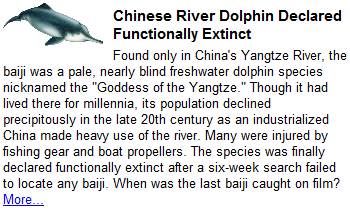Overview of Indian Airline Sector
ATF prices now form around 80% of the total operating costs of Airline Industry. The industry across the world continues to be plagued with high ATF prices which have demonstrated the inverse relationship between airline stock prices and fuel prices. ATF prices have almost doubled over the last year. Almost all Indian carriers are also feeling the heat and are desperately resorting to measures like cutting routes, increasing fuel surcharge, promoting the use of e-tickets and charging for food items to reduce their losses. Skyrocketing ATF prices, depreciating rupee coupled with global recession has directly impacted the Indian Airline Industry. The industry reported a $10.4 billion loss in the last year. Increasing air fares have worked against the logic of increasing profits, as it has resulted in decreased air traffic. Besides focusing on designing fuel efficient engines, aircraft manufacturers like Boeing and Airbus, along with OEMs are developing sustainable bio-fuels which will give them some relief from the vulnerability of profits due to consistently rising fuel prices.
Excess Capacity
Driven by the drastically increasing passenger traffic over the last 3 years, almost all Indian airlines build their capacity assuming the growth would continue over the next few years. Several new aircrafts were bought within a short span of time which resulted in excess capacity of around 15% to 20%. Aircrafts ordered during good times are being delivered during recession. According to industry experts, around 17% of the current fleet (around 4,000 aircrafts) are scheduled for delivery during the next 3 years. Even though the industry grew above 40%, almost half of the growth was primarily stimulated due to low fares. Maintaining such low levels of fares will be difficult due to excess capacity, especially during the ongoing global slowdown. Consolidation therefore seems to be the next logical step to get rid of this excess capacity problem.
Hugh Debt Burden
Healthy profits and increasing passenger traffic saw airlines raising significant amount of capital from Financial Institutions and Banks to fund their aggressive expansion plans. Banks also were liberal in lending airlines. The top three airlines including Air
Poor Infrastructure
Infrastructure continues to be a major constraint for Indian Airline Industry today, which has been aggravated further due to excess capacity created during good times. Maintenance and Air Traffic Control (ATC) infrastructure are grossly inadequate if the industry expects to grow any further. While steps are being taken on this front to upgrade major airports in Mumbai,
Regional Connectivity
Even though the industry is weighed down with excess capacity, regional connectivity continues to be poor, primarily due to the lack of infrastructure. Industry experts suggest that increasing regional connectivity instead of concentrating in metros and redeploying current fleet to routes where there is demand will help airlines in managing their excess capacity.
Conclusion
Indian Airline Industry was one of the fastest growing Airline Industry across the world during the last decade. However, skyrocketing fuel prices, economic slowdown, slashed corporate travel budgets over the last 3 years has forced all Indian Airlines to rethink their business model. Excess capacity build-up and poor infrastructure continue to plague the industry which is also experiencing a decline in passenger traffic at the same time. Mergers, liquidation and consolidations seem to be necessary. Improving energy efficiency of engines, developing infrastructure, increasing regional connectivity will definitely have a positive impact on the industry.











